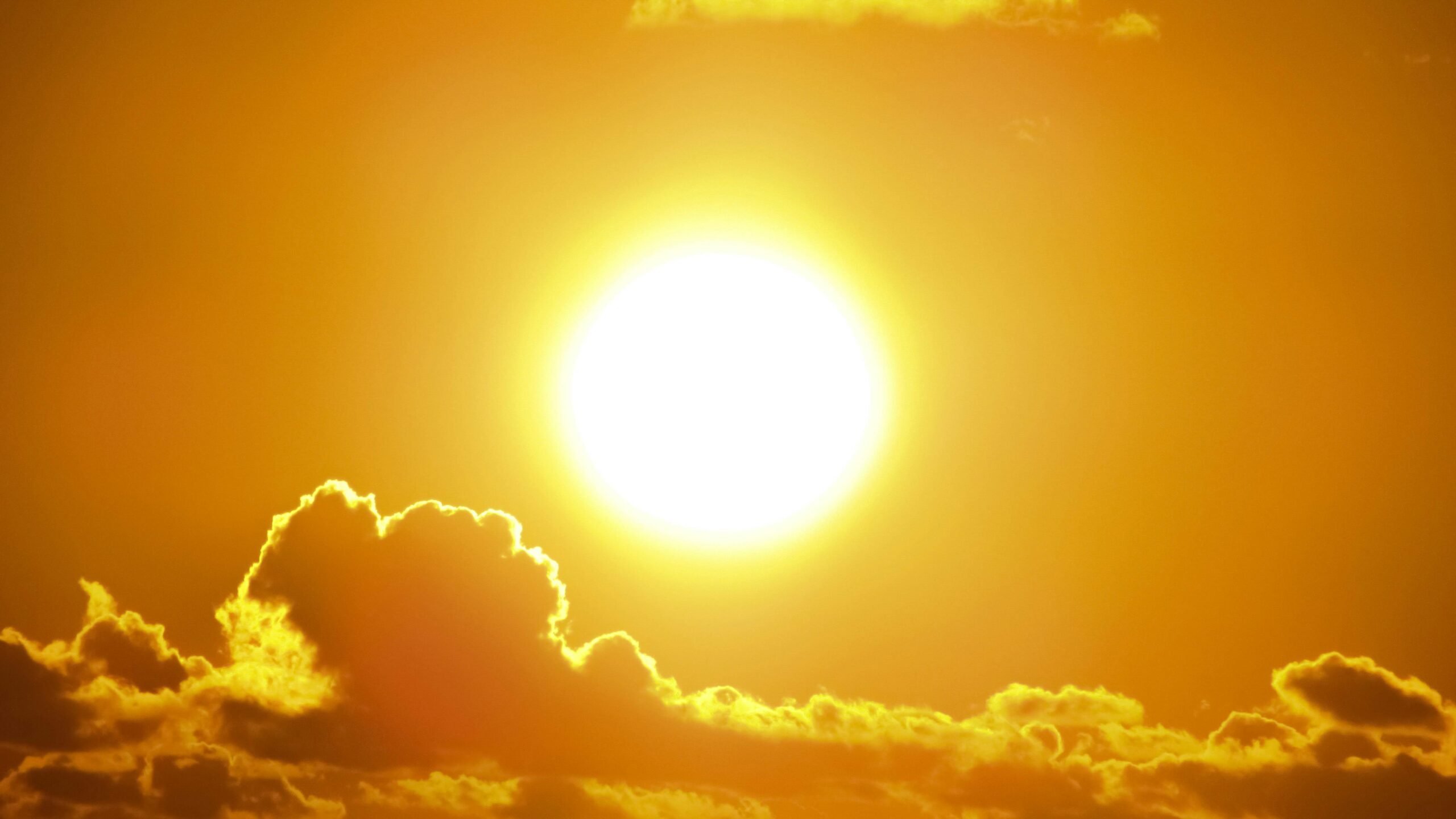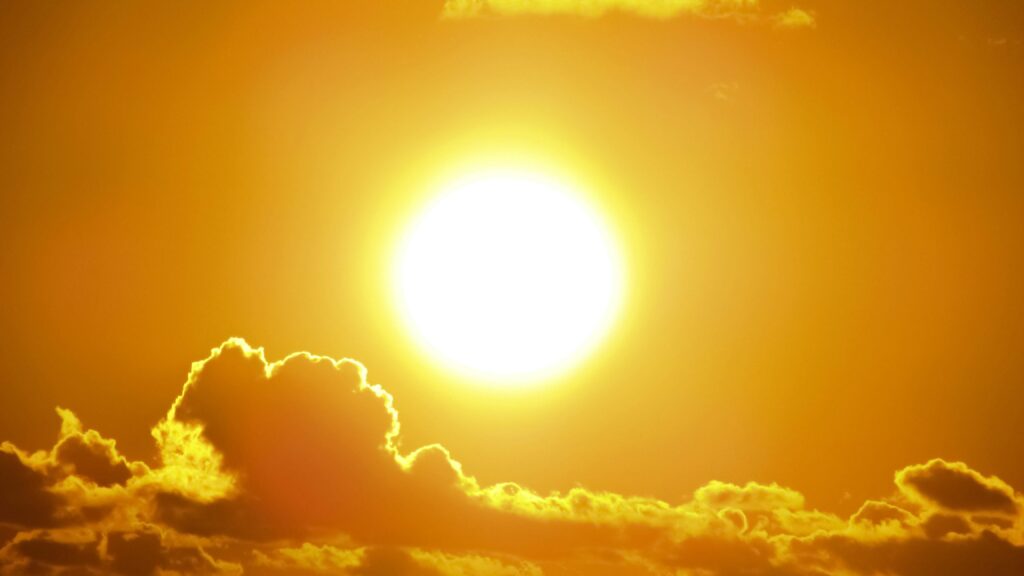
Moisture, UV rays and design—Oh My!

Humans need sunlight and water to live. But too much sunlight and water in the home can cause problems that can directly affect your health in negative ways. Let’s take a look at some of the problems moisture and UV rays can cause in the home, and the steps you can take to protect yourself and your property.
How moisture affects your home
High temperatures can bring with them high humidity, which simply means there’s high amounts of water vapor in the air. This water vapor can condense in areas of your home, leading to water damage that you may not see until it’s too late. Here’s a couple examples of how moisture can affect your home.
Mildew and mold
Microscopic fungi are all around us. Mildew refers to a certain kind of mold or fungus and looks like little white patches that can grow on surfaces like shower curtains, windowsills, or tiles. Mold refers to all species of microscopic fungi and can appear on any organic matter including clothes, leather, paper, and areas of your home.
Both mildew and mold growth can affect your health, causing problems like asthma and triggering allergies. For your home, mildew and mold can weaken ceilings and walls, undermining the structural integrity of your home.
Damaged walls, wallpaper & paintings
Flaking paint or peeling wallpaper is a sign of high humidity and moisture in the home. This moisture can damage any paintings you have. The moisture could also get into any furniture that’s sitting against the walls, letting damp settle in.
Structurally, moisture can condense in foundation materials, crawl spaces and basements leading to weakening of the structures and the growth of mold.
Damaged hardwood floors
It’s natural for wood to absorb and lose moisture. It’s an organic material that moves, expanding and contracting. However, too much moisture can affect the appearance and durability of hardwood floors. Moisture can cause
- Cracks and separations in the boards
- Cupping: boards are raised at the edges
- Crowning: boards are raised in the center
- Buckling: floor panels are lifted up
- Discoloration
Moisture in your hardwood floors can be caused by water in or under the floors, high humidity, improper or no acclimation, or poor installation.
How UV rays affect your home
Exterior
UV rays can damage your home’s exterior, such as causing wall paint and door colors to fade. UV rays can also fade window sealants, causing your home to be less energy efficient, driving up energy costs.
They can also damage your roof, causing deterioration, blistering and damaged sealants as well as decks and porches, leading to buckling, cracks, and warping.
Interior
For your home’s interior, direct UV exposure can affect rugs, curtains and fabric-covered furniture, fading their colors and damaging them.
Effective design to protect your home
You can protect your home from moisture and UV rays with things like furniture coverings, laminated windows for paintings, humidifiers and dehumidifiers to combat moisture and more. But effective design is just as important for protecting against moisture and UV rays.
For example, it’s important to know what areas of your home get the most sun and at what times. When you know that, you can determine the best layout of an area to limit direct sunlight exposure. While smart layout design can also make use of things like ventilation to limit high humidity.
All in all, smart design is an important part in the quest in maximizing the quality of life you have in your home. It should be designed to meet your needs regardless of the outside world.
At Debowsky Design Group, we’re committed to excellence and sustainable building practices that’ll have you falling in love with your home all over again. So give us a call. We’d love to help you start your next favorite project.
